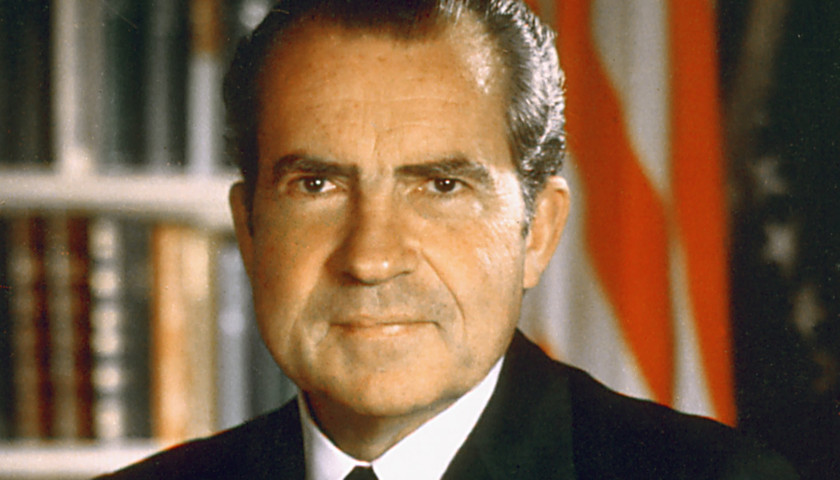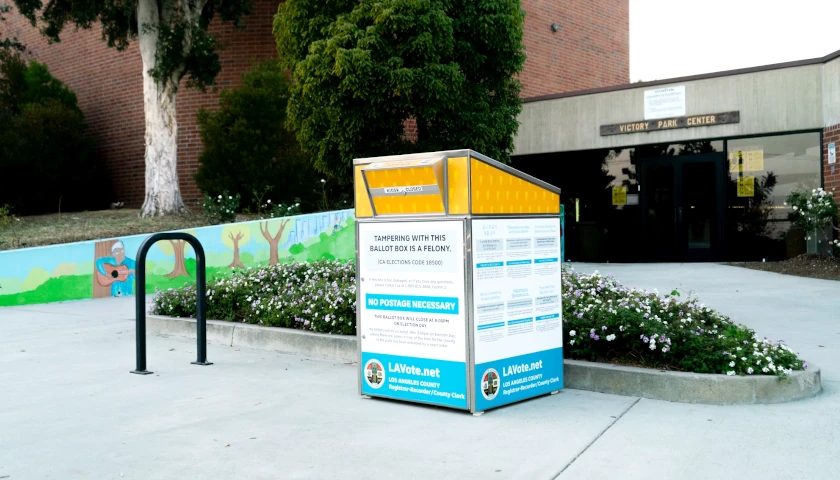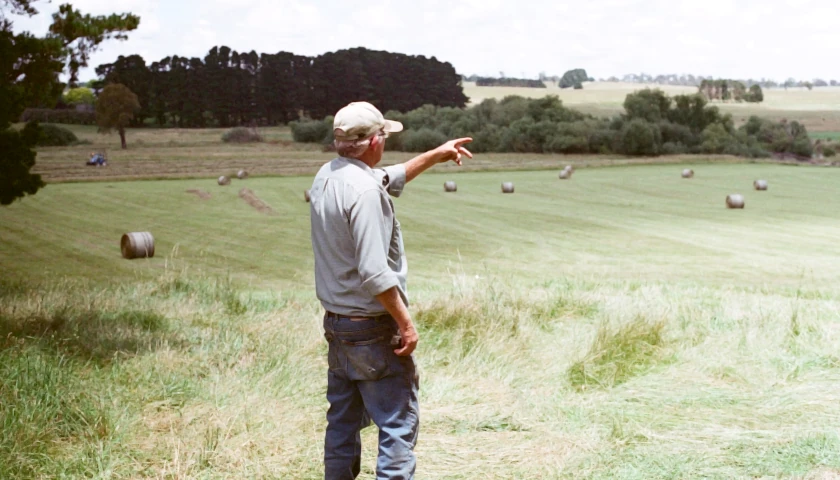by John D. O’Connor
On the 50th anniversary of the still-fascinating Watergate scandal, the media continues to portray it untruthfully, albeit often unwittingly so, with the focus as always on the unattractive persona of Richard Nixon. But was Nixon – who, to be sure, did commit two relatively minor acts of obstruction – the person most responsible for withholding the true story from our country?
Not even close.
The main shortcoming of the prevailing narrative of Nixonian evil is its central claim that Nixon knew all, while heroic Post reporters Bob Woodward and Carl Bernstein tried energetically and successfully to uncover what Nixon had withheld.
But this yarn never comported with the facts, which tell a far different tale. The Washington Post, soon after the burglary arrests, learned key details pointing to the scandal’s central actors and themes but withheld that knowledge from both the public and the besieged but comically ignorant Oval Office. So, ironically, it was the Post, not the White House, that covered up the Watergate scandal.
While Nixon was grasping in the dark as to who had authorized this silly caper, the Post became highly enlightened very quickly. The problem was that the Post journalists curated what they knew, publishing only facts hurting Nixon, which by concealment amounted to effective half-truths.
But is there proof to establish the Post’s concealed knowledge? Although the Post made a show of providing details of the burglary arrests (tiny tear gas pens, sequentially numbered bills, rubber gloves, etc.), it did not provide the public with at least one key detail that it knew, because its police reporter was allowed into the crime scene: the location of the cameras, camera clamps, and open drawers. If the Post had revealed this location, it would therefore have revealed the target of the break-ins. To this day, has the paper told us this location? Not that any observer could see in reviewing the Post’s countless Watergate articles.
Was there any reason, other than hatred of Nixon, which would have motivated the paper to conceal facts? The Post, founded in 1877 as the proud publicity organ of the Democratic Party, was extremely close to the DNC, to such an extent that the two shared their general counsel, Joseph Califano, whose firm quickly sued the Republicans over the burglary.
Within 10 days of the arrest, the secretary in the area of the cameras and open drawers, who had control over the phone monitored for the prior two weeks via the first burglary, resigned and left town immediately. Why? Of necessity, the Post knew, because its general counsel knew. But revealing her role would have hurt the Democrats and helped Nixon prove that this bungled entry had nothing to do with the campaign.
The Republicans, in just one of many examples of their gob-smacking idiocy, refused to provide a lawyer for the wiretap monitor of those two prior weeks, Alfred Baldwin III. The Hartford Democratic lawyer who accepted the case, John Cassidento, was an ally of Califano, and Post reporting during the first two weeks subtly betrayed its knowledge of Baldwin, though they did not print his name for four months.
So it is fair to conclude that the Post knew what Baldwin had been listening to. In fact, a Califano associate visited Hartford in August to debrief Baldwin, while Califano’s partner advised the associate that he could share all with the Post. So the Post knew of the targeted, highly meretricious conversations to which Baldwin had been listening but did not share them with the public and, more importantly, by so doing, also withheld them from the Oval Office, which hadn’t a clue.
Did the Post learn of the CIA’s involvement? Yes, and almost immediately. Mark Felt, a.k.a. “Deep Throat,” learned on June 21, 1972, of the CIA cover contact under which burglary supervisor Howard Hunt was working for his PR agency employer Mullen and Company, who shared his services with the White House. Did the Post learn of the cover contract? Even if not from Felt, CIA documents also showed Mullen’s president boasting that Post reporter Bob Woodward, shortly after the burglary, promised to “protect” Mullen. So the Post knew of CIA involvement, but the Oval Office could only continue its head-scratching.
Hunt, who had planned a “CIA defense,” was stymied when his operational diaries went missing, snatched from his safe by shadowy White House Counsel John Dean. Dean never shared this key piece of evidence with anyone, likely because it would have told of Hunt’s authorization for the burglaries.
Although not then knowing of Dean’s role in the destruction of Hunt’s diaries, the Post soon learned of Hunt’s previous plans – before pleading guilty of using them in his CIA defense – and certainly knew by November 1973, when Dean confessed to sequestering and destroying them. But to this day, the paper has kept Hunt’s CIA defense under wraps. There is no suggestion in the White House tapes that the Oval Office knew of Hunt’s planned CIA defense, which cratered when he could not retrieve the diaries.
To summarize: the Post knew that the burglars’ target was the information maintained in file cabinets near a certain secretary, not even employed by the DNC, but by a sister organization that never had campaign responsibility. It knew that the phone calls monitored primarily concerned sexual assignations. It knew that the CIA was involved in such monitoring, and that the Oval Office would most likely not have been.
But most importantly, the Post knew early on that these burglaries were not for purposes of campaign intelligence.
Had the Post printed what it knew, ironically, there would have been less motive for Nixon to protect some unknown senior aide, because he would have discerned that there was most likely no one to protect. Rather, the Oval Office would have known that it was done in by the fine hand of the CIA and lower aides, in a scheme involving naughty boys and naughty girls, not in the least concerning the campaign, except for the use of campaign cash to finance the break-ins.
Eventually, all Oval Office aides admitted wrongdoing, including Nixon to David Frost. That said, lower aides John Dean and Jeb Magruder, even though pleading guilty, were less than forthcoming, with Dean admitting only cover-up responsibility, and Magruder falsely fingering Nixon campaign director John Mitchell.
But, 50 years after its first concealment – of the evidence of the target – the Post still falsely glorifies its role while continuing the greatest journalistic coverup in history. While we today should be discussing the roots of modern partisan journalism, that examination cannot begin until the paper that began it, the Washington Post, confesses. That will not happen so long as the Post discerns that its coverup is still effective, 50 years and counting after the Watergate burglary arrests.
– – –
John D. O’Connor is a former federal prosecutor and the San Francisco attorney who represented W. Mark Felt during his revelation as Deep Throat in 2005. O’Connor is the author of Postgate: How the Washington Post Betrayed Deep Throat, Covered Up Watergate, and Began Today’s Partisan Advocacy Journalism and the host of the podcast series, “The Mysteries of Watergate.”




